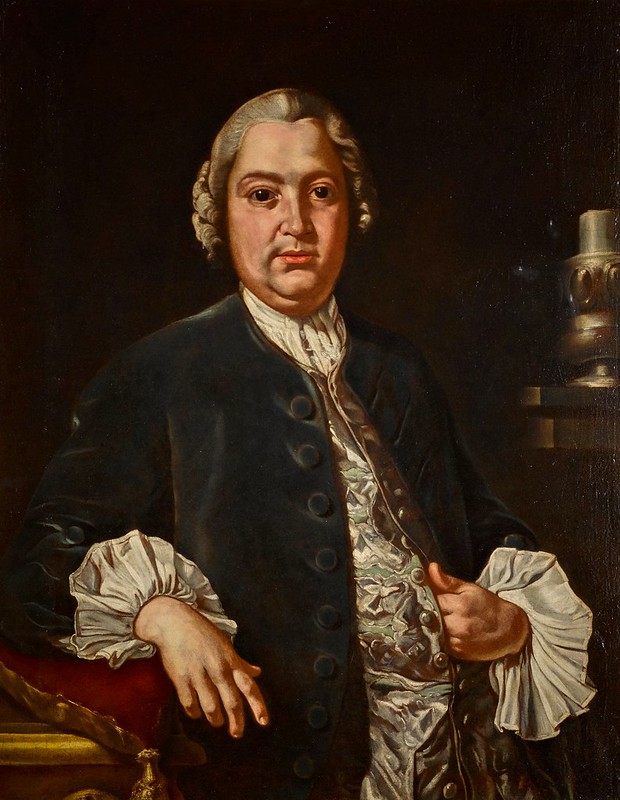Niccolò Jommelli (1714-1774)
- Periodical Ouverture
Performers: Orquesta Barroca de la Universidad de Salamanca
Further info: Niccolò Jommelli (1714-1774) - Te Deum & Mass in D Major
---
Italian composer. Following early musical training as a chorister at the
Aversa church, he entered the Conservatorio di Sant’Onofrio a Porta
Capuana in 1725 to study under Ignazio Prota and Francesco Feo. Three
years later he transferred to the Conservatorio di Santa Maria della
Pietà dei Turchini, where he studied voice and keyboard. During this
time he became friends with Johann Adolph Hasse, and in 1737 he had his
first opera, 'L’errore amorosa', premiered at the Teatro novo with
considerable success. In 1740 a commissioned work for Rome, 'Ricinero di
Goti', was performed at the Teatro Argentina, leading to further
commissions throughout Italy. In 1741 he arrived in Bologna to produce
one of these, and in the process he began sporadic study with Padre
Giovanni Battista Martini, eventually being admitted to the prestigious
Accademia Filarmonica. In 1745 Hasse recommended him for the post of
maestro di capella at the Ospedale degli Incurabili in Venice, but
despite the advantages of the position, a year later he was in Rome
preparing for the production of one of his most important works, the
opera seria 'Didone abbandonata'. A short joint-appointment to the
Vatican along with Davide Perez followed, but by 1753 he journeyed north
to Vienna and then Stuttgart, where he became Kapellmeister to Duke
Karl-Eugen of Württemberg. In 1768 he returned to Naples in retirement,
working almost until his death and despite a stroke that debilitated him
in 1771. Jommelli was regarded as one of the most significant composers
of the entire period by his contemporaries; Christian Daniel Friedrich
Schubart indeed called him one of the leading musical geniuses of the
time. His approach to both comic and serious was highly progressive,
reducing the dominance of the voice by increasing the function and
texture of the orchestral accompaniment. He was one of the first to
introduce expanded finales, and his colorful orchestration, innovative
use of dynamics and harmony, as well as his use of obbligato recitative,
were all hallmarks that inspired and influenced others throughout
Europe. He was an internationally recognized figure. His music consists
of 80 operas, 12 serenatas, 15 oratorios, 20 Masses, and almost 200
sacred works ranging from Lamentations to Psalm settings. His
instrumental music is less prolific but includes four concertos (one
flute, three keyboard), six sonatas for flute/violin, five trio sonatas,
nine string quartets (and one flute quartet), two divertimentos, and
numerous smaller keyboard works.

Cap comentari:
Publica un comentari a l'entrada